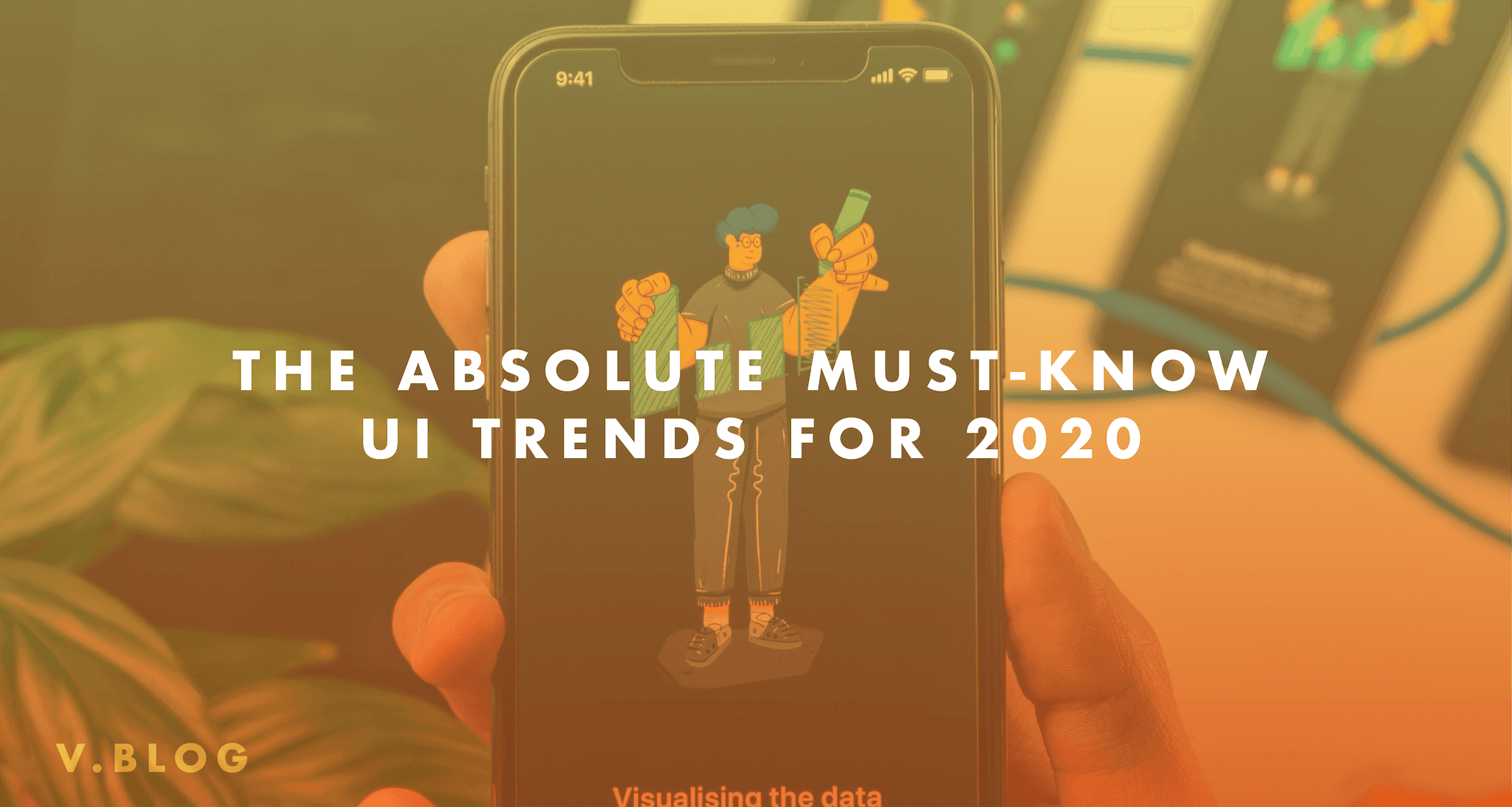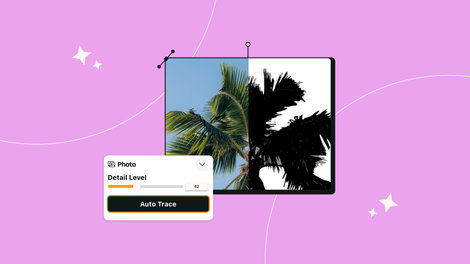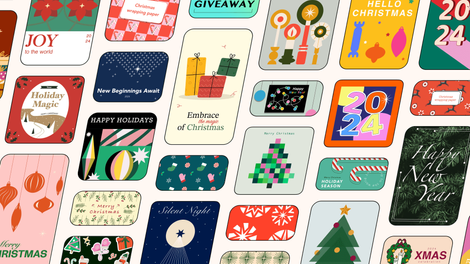
It’s more important than ever to pay close attention to which content users are drawn towards and interact with. In today’s digital landscape, brands are constantly competing for space and visibility.
Now, these are not trends like your seasonal fashion statements. The metaphorical Yeezys in your designs will only go so far in making an impact. You need something more like an Adidas Superstar i.e. something that will withstand the test of time and still be visually appealing. With that said, here are the latest trends in User Interface you need to keep in mind for 2020!
Jumpstart your ideas with Linearity Curve
Take your designs to the next level.
1) Storytelling is key
Content consumption on digital mediums is increasingly moving towards a video format. Think about the app with the fastest growing user base available right now… TikTok! This is no coincidence since video tells a much more compelling story than static visuals. Similarly, your designs will have to tell a great story (visually and narratively) to stand out.
While tools like Typography will help you build on this, copywriting will be the key that unlocks this treasure. A good visual style will capture the user’s attention, but a good story is what will make the user feel like a part of the journey.

2) Mobile first
Not only is the future of content consumption even more digital, but it is also mobile! The lion’s share of users now exist on their smartphones. Thus, designing content that is not mobile-friendly would be nothing short of stupidity. Along with that, the latest smartphone designs have ditched the corners and buttons in favor of bezel-less screens; another design cue that would be foolish to ignore. To keep users engaged, explore visual hints in your designs that guide the flow of your content.
One more design tip to take note of: Dark Mode. Making content as easy as possible to view is UI 101, so consider this one closely in your next design!
3) Animated illustrations
While illustrations have been around forever, their contribution towards UI design has greatly improved in the last few years. This has increased their popularity in interface designs even more. They lend a polished look & feel along with that desired “human touch” element to the overall user experience. Motion animation will make them pop out much more and add life to an already polished design; the proverbial cherry on top of your UI cake!

4) Microinteractions
They are present in almost every app and digital space you use. And if done right, they are barely noticeable but very important in enhancing your UI. There are many examples of this: from website tabs getting bold text when you hover above them to Facebook’s animated “Like” buttons.
Ready to create brand assets that pack a punch?
Visit our Academy for free marketing design courses.
A good indicator of a microinteraction done right is to experience the interface after removing them; if something feels missing or very odd to use, then the microinteraction left its mark.

5) Augmented reality & virtual reality
The big R’s: AR and VR. The coming years will involve designers thinking outside of the box and into new spaces. UI confined to screens could be a thing of the past quite soon, with more emphasis on experiences that feel like how they take place in the real world. Brands like Ikea and Amazon have already begun rolling out AR features integrated within their apps, while Google and Apple have launched their respective AR development platforms.
With VR, most of the buzz has been around its contributions towards the gaming industry. While this is a good testing ground to see all the possibilities with VR come to life, experts predict that more avenues in the education and healthcare industries will open up to explore enhanced user interaction for teaching complex topics.
As designers, expanding knowledge on these new tools will become crucial in making UI as engaging as ever. The ability to create virtual spaces and augmented reality interfaces will be a very important skill in the coming times.

6) Skeuomorphism is back!
With the rise of VR and AR designs, this design trend has made a comeback to the world of UI. Work uploaded on Dribbble and other sites points towards its gaining popularity across the app-sphere.
For example, home appliance manufacturer Panasonic has taken inspiration from this method for their new IoT smart home app “MirAIe”, to mimic the controls commonly seen in home appliance remotes like AC and light switches. This design method prides itself on the immense attention to detail required, and hence the hard work as well. Therefore, while it has gained popularity, it remains to be seen how much this trend will catch on amongst other works.

7) Broken, asymmetrical layouts
You must have seen fashion labels and clothing brands already employ this trend early (See WeTranfer’s content). The old template-based designs are slowly taking the back seat. In their place we welcome overlapping, unusually placed elements with plenty of whitespace, forming an overall broken layout just weird enough to keep you scrolling. The main objective of this method is to guide the user’s eyes on what is to be emphasized the most. While these designs may seem randomly put together, there is a general method to this madness.
This layout lends itself best to brands that are more experimental, youth-oriented and edgy in their content. And remember, the goal isn’t to make the user sick from visual discomfort, it is to pique their interest just enough to keep scrolling for more.

As with any future prediction, there may be many more trends that we missed out on. Know of any such news that is worth sharing? Reach out and tell us all about it!
Jumpstart your ideas with Linearity Curve
Take your designs to the next level.
If you want to continue to read more, check out our user interface design tips article.
If you want to find the best web hosting company, check out The Best Web Hosting Companies of 2020.
If you have more questions than feel free to contact us via | Instagram | Facebook | Twitter
Credits - Photo in the Cover by Balázs Kétyi

Share this!
Ben Barnhart
Ben is the Marketing Manager at Linearity in Berlin, with extensive experience in content writing. He blends his passion for animation and history to develop impactful marketing strategies.





:quality(75))




